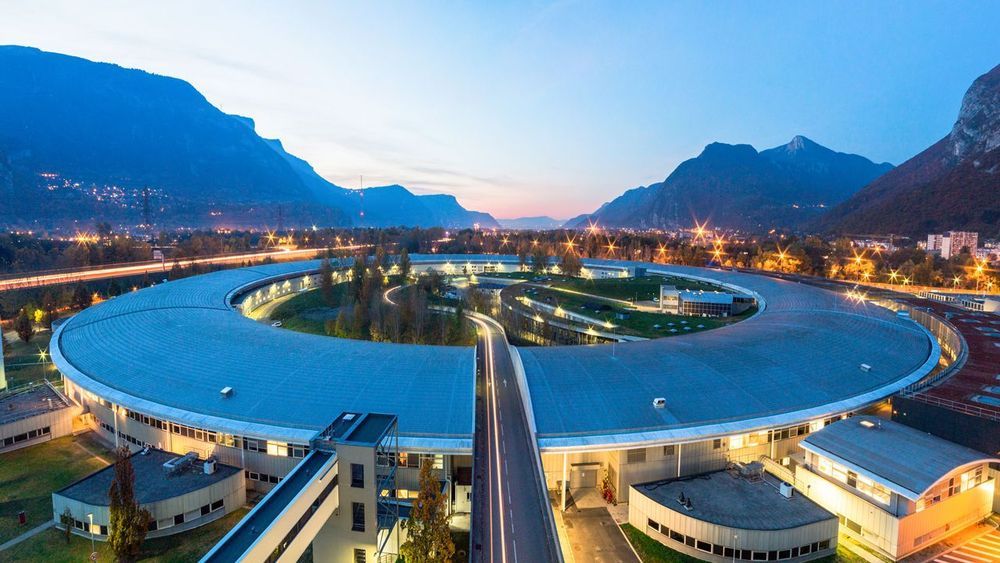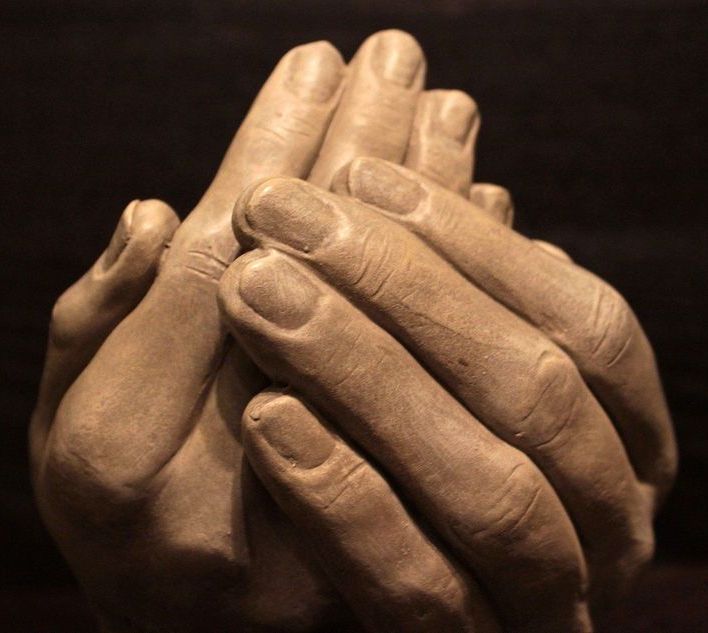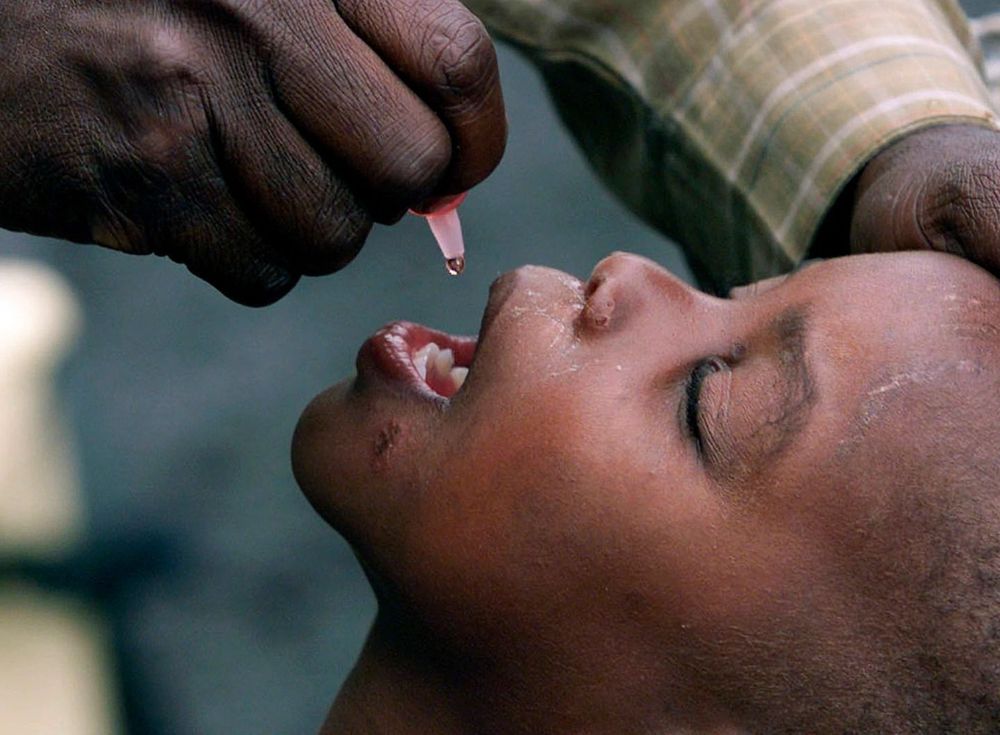The latest AI algorithms are probing the evolution of galaxies, calculating quantum wave functions, discovering new chemical compounds and more. Is there anything that scientists do that can’t be automated?
Category: science – Page 89

Rebirth of leading European facility promises revolutionary advances in x-ray science
A brilliant new light shines in Grenoble, France, where officials at the European Synchrotron Radiation Facility(ESRF) last week announced the reopening of their completely rebuilt x-ray source. The ring-shaped machine, 844 meters around, generates x-ray beams 100 times brighter than its predecessor and 10 trillion times brighter than medical x-rays. The intense radiation could open up new vistas in x-ray science, such as imaging whole organs in three dimensions while resolving individual cells.
Shining 100 times brighter than its predecessor, the new European Synchrotron Radiation Facility is the first of more than a dozen of its kind in the works.
Coronavirus Vaccines in Phase 3 Development | The State of Science
Tired of the coronavirus? Well, the good news is that there are several vaccines in development that are in their final phase of clinical testing before they can be approved for public usage. The bad thing, however, is the fact that there are only so many doses each vaccine manufacturer can make- meaning solving the pandemic will be as much a problem of distribution and manufacturing as it is research and development.
PS: The stock footage from this photo comes from Videvo!
Discord Link: https://discord.gg/brYJDEr
Patreon link: https://www.patreon.com/TheFuturistTom
Please follow our instagram at: https://www.instagram.com/the_futuris…
For business inquires, please contact [email protected]
The Ideological Corruption of Science (Lawrence Krauss in the Wall Street Journal)
Theoretical Physicist Lawrence Krauss writes in the Wall Street Journal.
WSJ: In the 1980s, when I was a young professor of physics and astronomy at Yale, deconstructionism was in vogue in the English Department. We in the science departments would scoff at the lack of objective intellectual standards in the humanities, epitomized by a movement that argued against the existence of objective truth itself, arguing that all such claims to knowledge were tainted by ideological biases due to race, sex or economic dominance.
It could never happen in the hard sciences, except perhaps under dictatorships, such as the Nazi condemnation of “Jewish” science, or the Stalinist campaign against genetics led by Trofim Lysenko, in which literally thousands of mainstream geneticists were dismissed in the effort to suppress any opposition to the prevailing political view of the state.

Not so random acts: Science finds that being kind pays off
Acts of kindness may not be that random after all. Science says being kind pays off.
Research shows that acts of kindness make us feel better and healthier. Kindness is also key to how we evolved and survived as a species, scientists say. We are hard-wired to be kind.
Kindness “is as bred in our bones as our anger or our lust or our grief or as our desire for revenge,” said University of California San Diego psychologist Michael McCullough, author of the forthcoming book “Kindness of Strangers.” It’s also, he said, “the main feature we take for granted.”
Clearspace One: The First Attempt At Cleaning Up Space Junk | The State of Science
As mentioned in previous videos, space junk is a deadly threat to our GPS, telecommunications, and satellite infraustructure. As such, in this video, we will talk about humanity’s upcoming, first mission to attempt to clean up orbital debris: Clearspace One, which is commissioned by the ESA.
Here is the petition link: https://www.change.org/p/save-vital-industries-call-for-subs…satellites
PS: The stock footage from this photo comes from Videvo!
Discord Link: https://discord.gg/brYJDEr
Patreon link: https://www.patreon.com/TheFuturistTom
Please follow our instagram at: https://www.instagram.com/the_futurist_tom/
For business inquires, please contact [email protected]

NASA Science Live: Science in the Time of Coronavirus
We are in this together. From oxygen hoods to ventilators, our scientists and engineers across the agency are uniting to join the fight against coronavirus. Tune in to #NASAScience Live on June 25 at 3 p.m. EDT to watch this nationwide effort.
Dexamethosone: Upcoming Treatment for the Coronavirus | The State of Science
Until recently, there has not been a treatment for the deadly coronavirus. However, that is about to change with the discovery of a new compound: Dexamethosone! With this compound, the worst cases of the coronavirus have seen an increased survival rate.
PS: The stock footage from this photo comes from Videvo!
Discord Link: https://discord.gg/brYJDEr
Patreon link: https://www.patreon.com/TheFuturistTom
Please follow our instagram at: https://www.instagram.com/the_futurist_tom/
For business inquires, please contact [email protected]

Can old vaccines from science’s medicine cabinet ward off coronavirus?
This is really old news:
Two tried-and-true vaccines — a century-old inoculation against tuberculosis and a decades-old polio vaccine once given as a sugar cube — are being evaluated to see if they can offer limited protection against the coronavirus.
The old vaccines are oddities among the cutting-edge and targeted technologies being developed to combat the novel coronavirus. New vaccines aim to teach the body’s immune system to recognize and destroy the coronavirus, but scientists are only now beginning to test them in people. Vaccines developed against TB and polio have already been used in millions of people and could offer a low-risk way to rev up the body’s first line of defense — the innate immune system — against a broad array of pathogens, including the coronavirus.